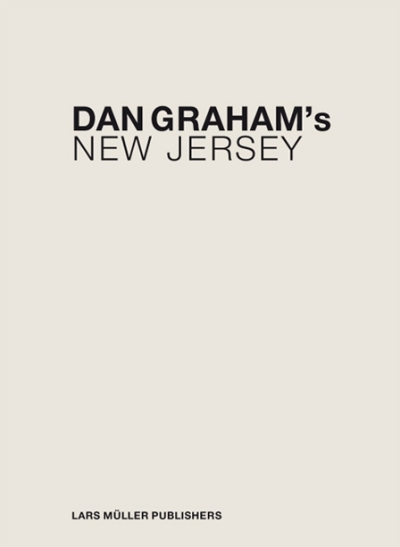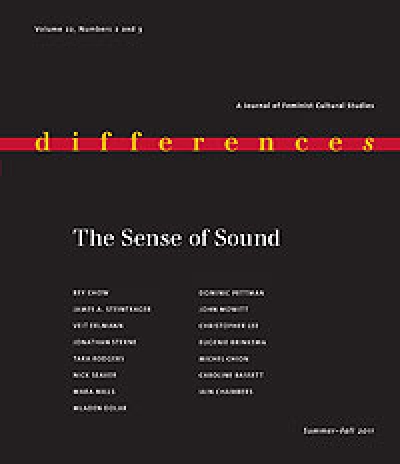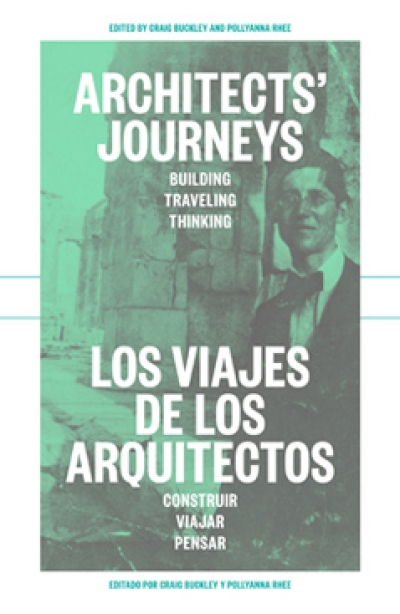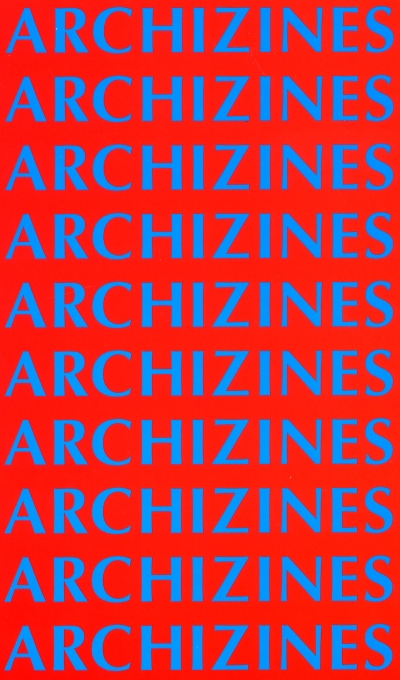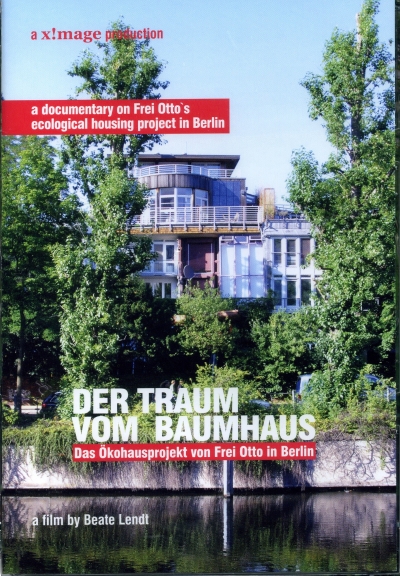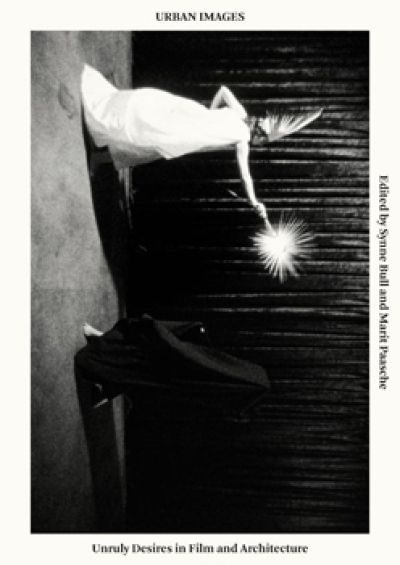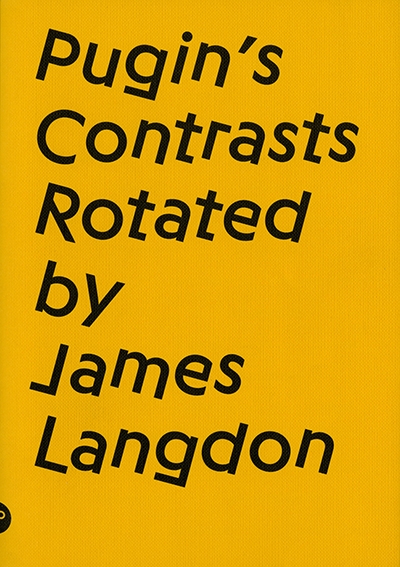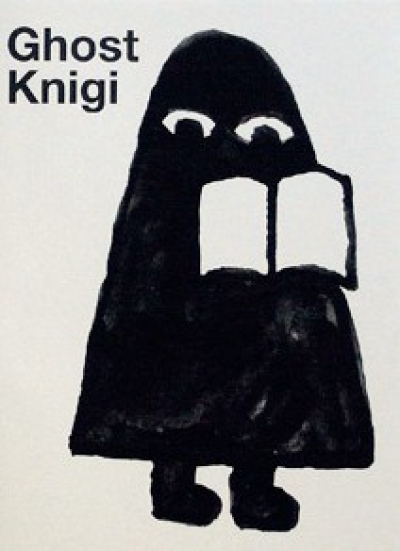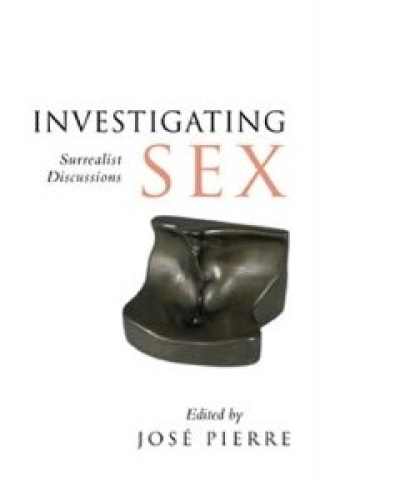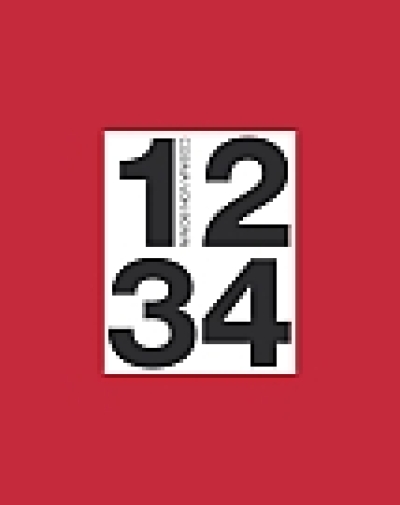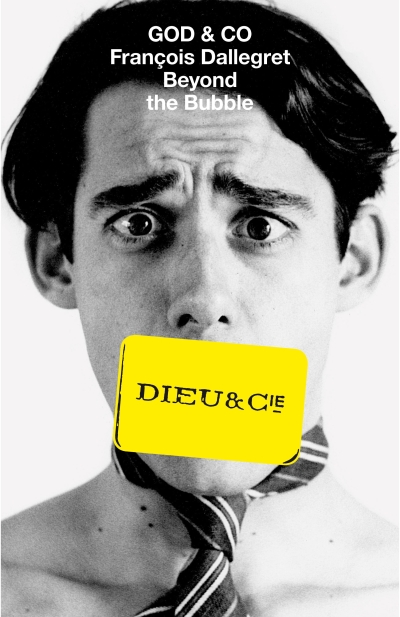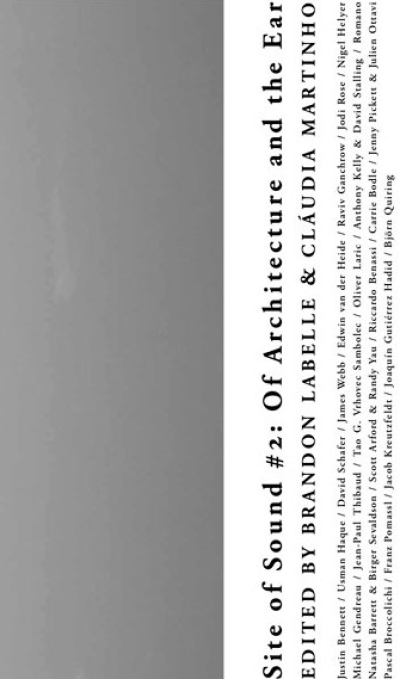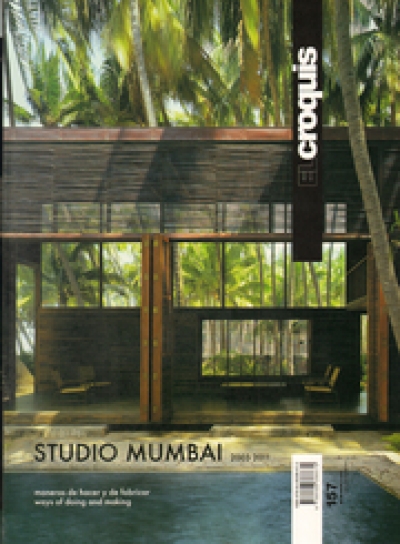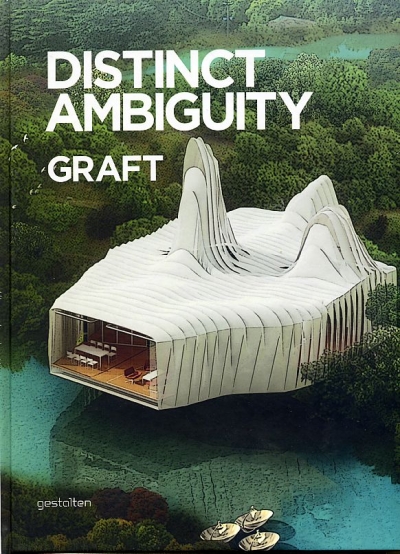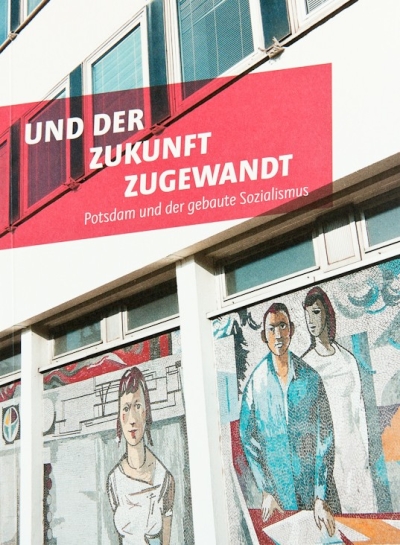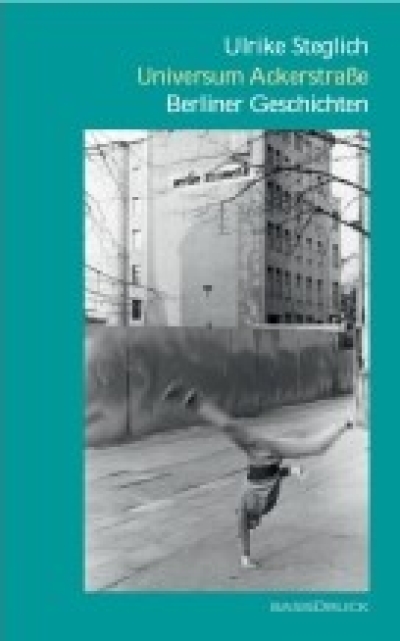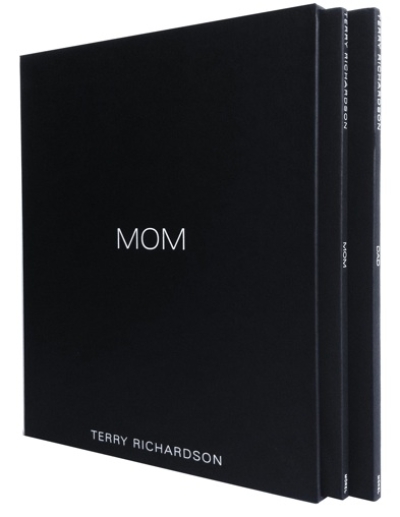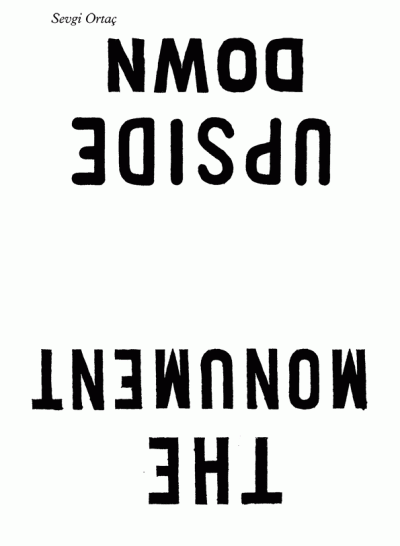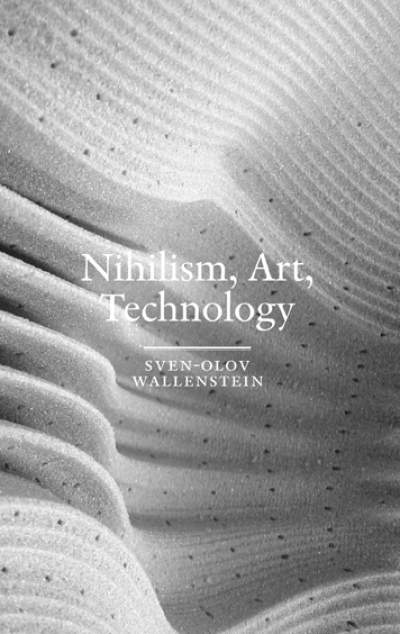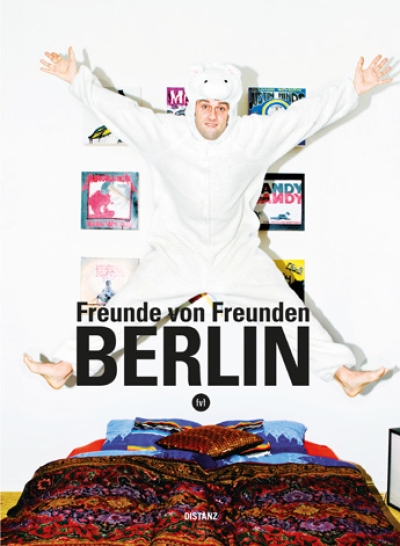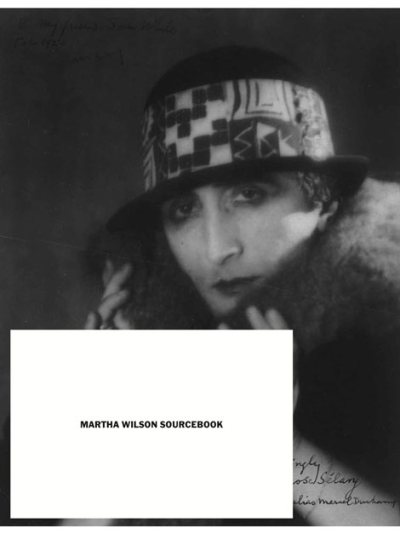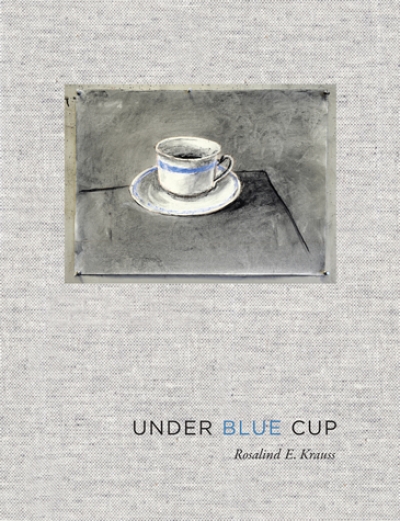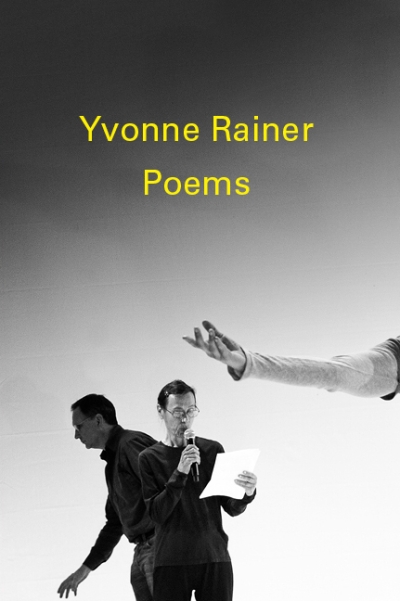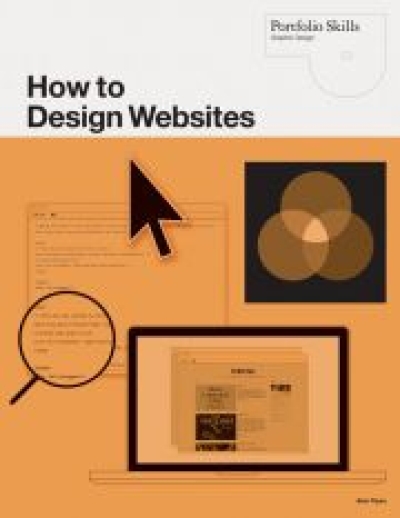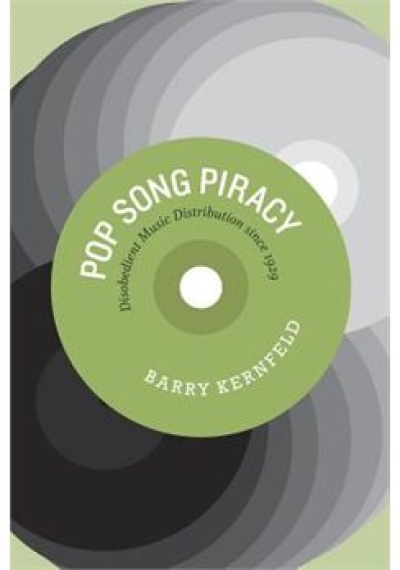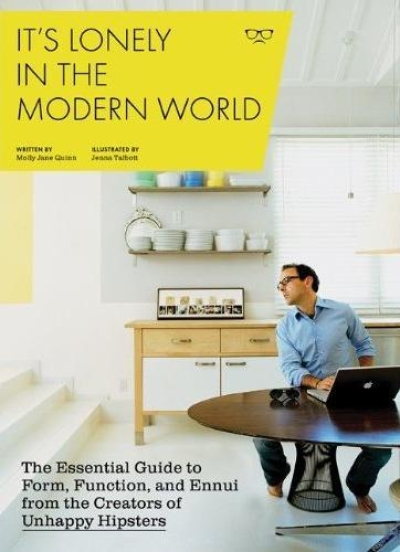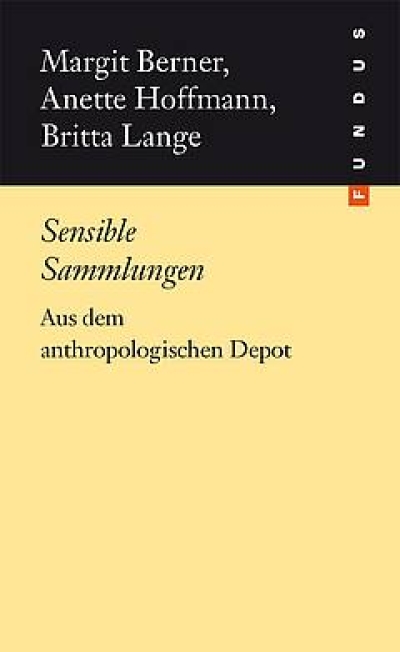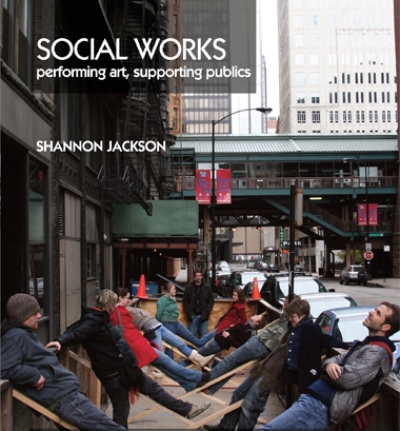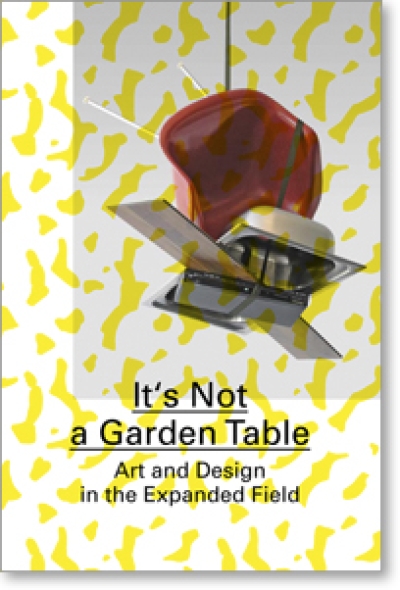
Walters Way and Segal Close: The Architect Walter Segal and London's Self-build Communities
Walters Way and Segal Close: The Architect Walter Segal and London's Self-Build Communities. A Look at Two of London's Most Unusual Streets
Walters Way und Segal Close sind zwei kleine Strassen im Süden Londons. Sie erschliessen 20 Häuser, die in doppelter Hinsicht auffallen: durch ihr ungewöhnliches Erscheinungsbild und ihre Konstruktionsweise. Ihnen liegt die Idee des Systemhauses zugrunde, das auch auf einfache Art von Nicht-Architekten im Eigenbau errichtet werden kann. Schöpfer dieser Häuser war Walter Segal (1907–1985), ein Architekt modernen Geistes. In Berlin geboren und teilweise in der Schweiz aufgewachsen, sah sich der Sohn des rumänisch-jüdischen Malers Arthur Segal 1934 zur Emigration gezwungen und ging schliesslich 1936 nach England.
Die 20 Häuser am Segal Close und am Walters Way entstanden in den 1970er- und 1980er-Jahren als Teil eines öffentlichen Wohnbauprogramms im Londoner Bezirk Lewisham. Die von den späteren Bewohnern selbst errichteten Häuser sind bis heute bewohnt, teilweise von den ursprünglichen «Selbst-Bauern», manche angepasst an heutige Bedürfnisse.
Dieses Buch erzählt ihre Entstehungsgeschichte, verknüpft mit der Biografie Walter Segals. Die Journalistin Alice Grahame und der Fotograf Taran Wilkhu, beide selbst Anwohner der beiden Strässchen, ermöglichen uns Einblicke in die Segal-Häuser.
Walters Way and Segal Close are two tiny roads in Lewisham, South London. The twenty homes they contain are unusual—both in the way they look and the way they were built. Designed by modernist architect Walter Segal, the homes on Walters Way and Segal Close were part of a plan that allowed ordinary people to build their own homes. Thirty years on, many of the homes are still standing and have been adapted to meet today’s needs.
Written by two residents of Walters Way and Segal Close, this beautifully illustrated book tells the story of how the streets came to be and how the developments have changed since. Neither Alice Grahame nor Taran Wilkhu are the original inhabitants of their respective homes, but they were instantly fascinated upon moving in by the story of how and why the homes came to be. Walters Way and Segal Close was created in collaboration with all of the residents of both streets, who opened their homes and shared their insights about life on the two streets.




